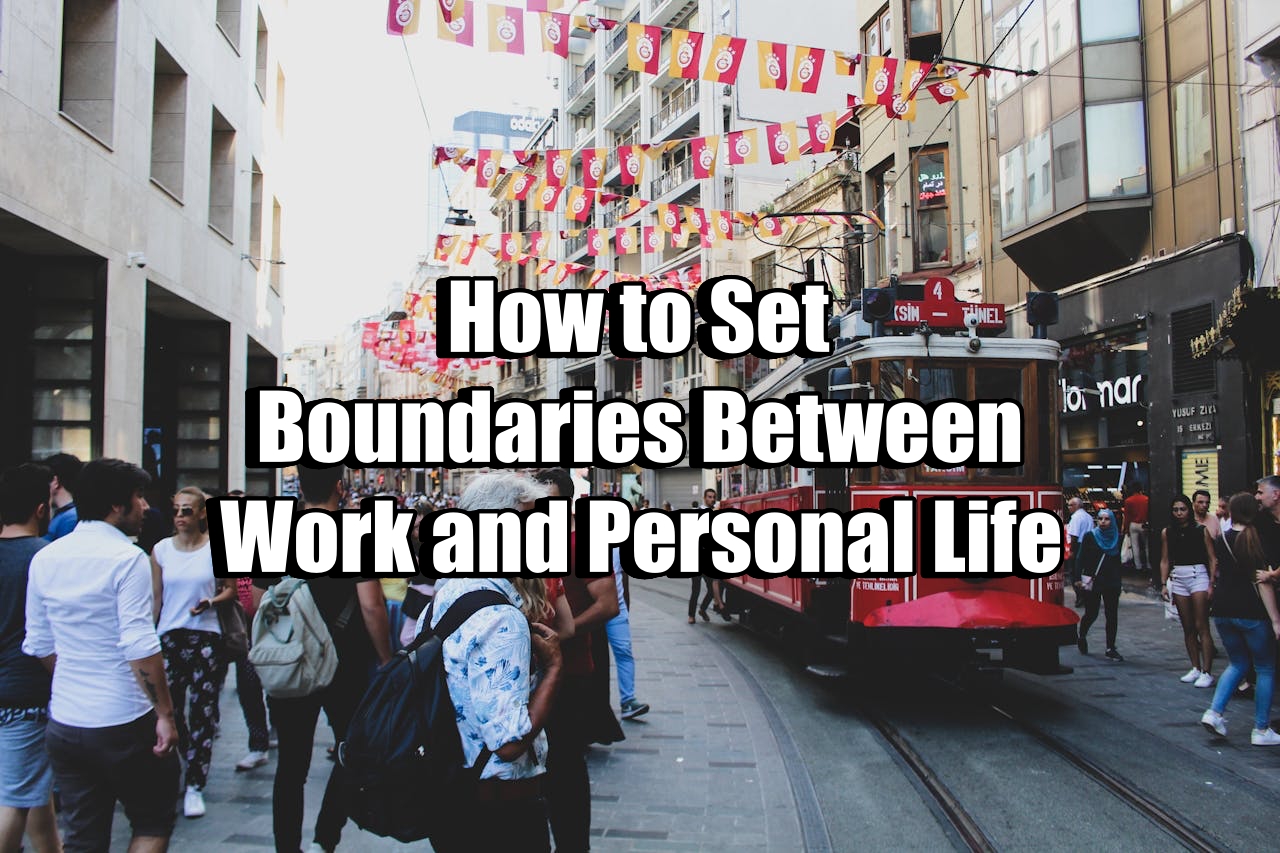How to Set Boundaries Between Work and Personal Life
In today’s fast-paced, always-on world, it can be incredibly challenging to separate work from personal life. Many of us find ourselves answering emails during dinner, thinking about work while spending time with loved ones, or staying late at the office, sacrificing personal time. Setting clear boundaries between work and personal life is not just beneficial—it’s necessary for maintaining our mental and physical well-being. Here’s how to effectively set those boundaries.
1. Define Your Work Hours
The first step in setting boundaries is deciding on your work hours. This may seem simple, but with remote work and flexible schedules becoming more common, it’s easy for the lines to blur. Establish set hours when you are available for work and when you’re off-duty. Whether it’s 9 AM to 5 PM or a different schedule that suits you, be clear with yourself and others about these times. Stick to them as consistently as possible.
Tip: Use tools like calendar apps to block off personal time, making it easier to say “no” to work-related tasks during your off-hours.
2. Communicate Clearly
Once you’ve set your work hours, communicate them clearly to colleagues, managers, and clients. Let them know when you are available and when you aren’t. If your role requires occasional after-hours work, it’s still essential to set boundaries around your availability to prevent burnout. Having an open dialogue can help others respect your time, ensuring that you can truly “switch off.”
Tip: Set expectations about urgent matters. If something requires immediate attention, establish how and when you should be contacted.
3. Create a Physical Workspace
If you’re working from home, designate a specific area for work. This physical boundary can help you mentally transition between work and personal time. Ideally, your work area should be separate from spaces where you relax, like your bedroom or living room. When you’re in your workspace, it signals to your brain that it’s time to focus on work. When you leave that space, it’s a sign that you’re off the clock.
Tip: If you don’t have a separate room, try using a screen or a specific desk to create that distinction.
4. Prioritize Personal Time
It’s important to carve out time for yourself, your family, and your hobbies. Whether it’s reading a book, going for a walk, or enjoying a family dinner, make personal time a priority. Treat these moments with the same level of importance as work meetings or deadlines. Scheduling personal time into your calendar can help ensure that it doesn’t get pushed aside by work demands.
Tip: Use a timer or alarm to remind yourself to take breaks during the workday. A five-minute stretch or quick walk can help you reset and maintain balance.
5. Turn Off Notifications
One of the easiest ways work creeps into your personal life is through constant notifications. Work-related emails, messages, or app alerts can be distracting, even outside of your set work hours. To prevent this, turn off notifications for work-related apps or set them to only notify you during your work hours.
Tip: Set your phone to “Do Not Disturb” mode after work to avoid temptation and distractions.
6. Learn to Say No
One of the hardest parts of setting boundaries is learning to say no. Saying no doesn’t make you less committed or less professional; it simply means you’re protecting your time. If someone asks you to take on more work outside your regular hours, politely but firmly decline. Being assertive with your boundaries is essential to maintaining a healthy work-life balance.
Tip: Practice saying no with a simple phrase like, “I’m currently outside my work hours, but I’ll address this when I’m back at work.”
7. Disconnect to Reconnect
To truly recharge, it’s vital to disconnect from work entirely during your off hours. Spend time engaging in activities that rejuvenate you, whether that’s spending quality time with family, exercising, or pursuing a hobby. Disconnecting from work is the best way to prevent burnout and maintain your productivity and creativity when you’re back at the office.
Tip: Take advantage of weekends, holidays, and vacations to disconnect completely. Use these opportunities to refocus and return to work refreshed.
Conclusion
Setting boundaries between work and personal life is crucial for your well-being. By defining your work hours, communicating clearly, creating a dedicated workspace, and prioritizing personal time, you can maintain a healthy balance. Learning to say no and disconnecting regularly will also help you stay productive and prevent burnout. Remember, work is important, but your well-being is invaluable.

No responses yet